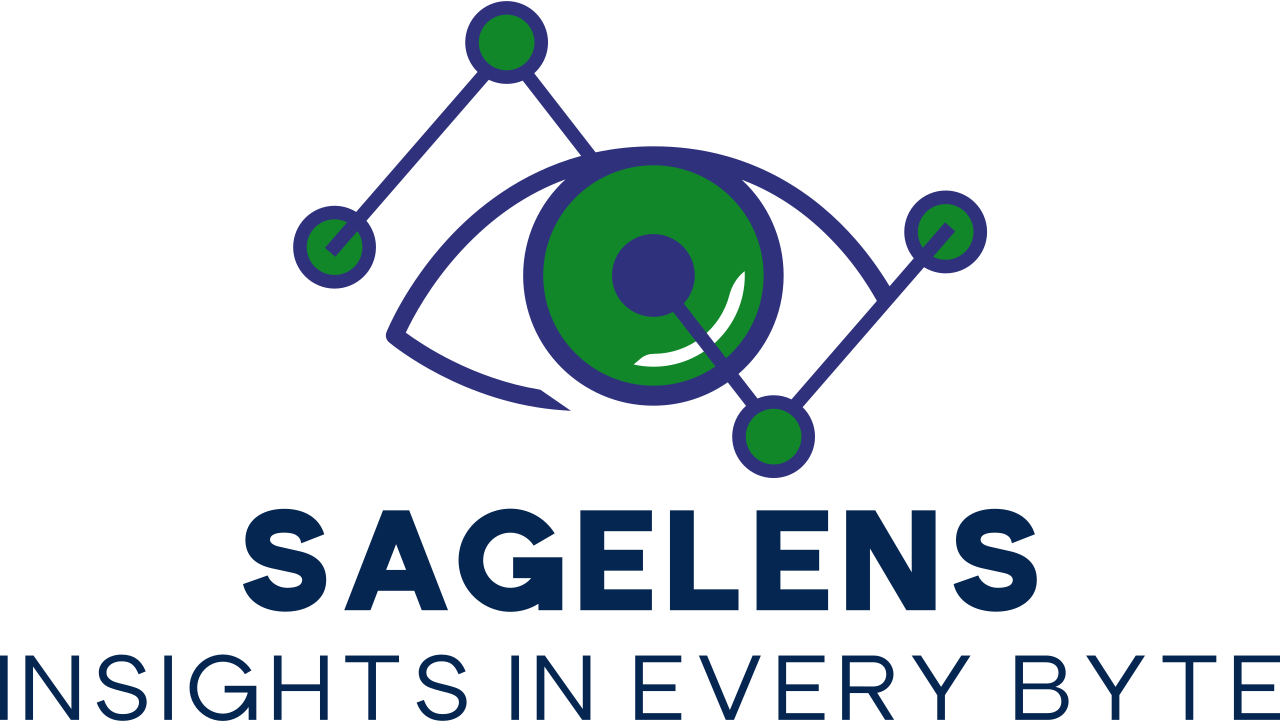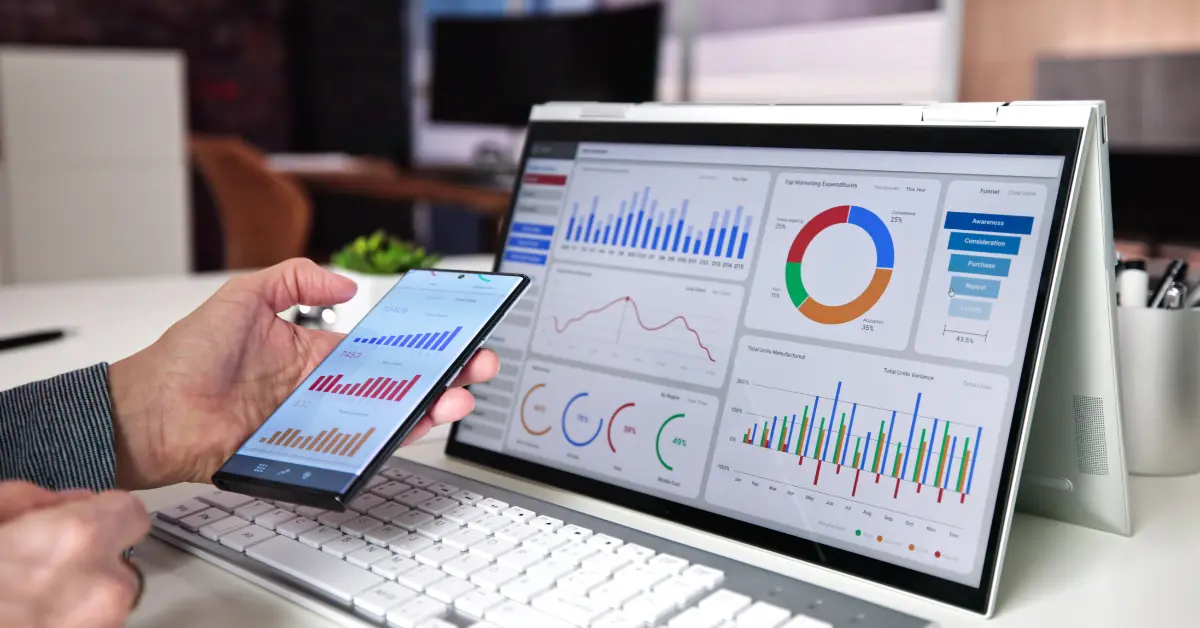Modern organizations face increasing pressure to reduce costs, boost efficiency, and maintain a competitive edge. Within this environment, procurement—once viewed as a purely operational or back-office function—has emerged as a strategic powerhouse capable of delivering significant value to the business. Key to this transformation is the use of artificial intelligence (AI), which automates repetitive tasks, enhances supplier negotiations, and provides data-driven insights that drive down costs. What was once the exclusive domain of enterprise giants is now accessible to companies of various sizes, as AI-driven procurement solutions have become more affordable, scalable, and user-friendly.
In this article, we’ll explore how AI is helping companies save money in the procurement process, focusing on three core areas: real-time spend analysis for identifying overspending, predictive analytics for demand forecasting and inventory optimization, and automated vendor selection and negotiation assistance. By understanding these capabilities and how to implement them effectively, organizations can position themselves to unlock significant, long-term cost savings in their procurement operations.
1. The Growing Influence of AI in Procurement
1.1 From Operational to Strategic
Traditionally, procurement was associated with purchasing goods, processing invoices, and managing vendor relationships at the most basic level. However, today’s business climate demands more. Volatile supply chains, shifting consumer trends, and economic uncertainties require procurement teams to operate with agility and foresight. AI-driven procurement solutions are at the forefront of this shift, allowing organizations to derive insights from vast amounts of data and quickly adapt purchasing strategies to market conditions. The result? Faster, smarter decision-making that not only reduces costs but also strengthens the organization’s strategic positioning.
1.2 AI: The Real Game-Changer
AI excels at analyzing enormous datasets at a speed and accuracy unmatched by human efforts alone. This capability opens the door to automating labor-intensive tasks such as invoice processing, vendor evaluation, contract reviews, and spend management. Procurement staff can then focus on higher-value activities—negotiating better terms, cultivating supplier innovation, and shaping sustainable sourcing strategies. In short, AI frees up resources, cuts manual work, and enables the organization to continuously refine procurement strategies for greater cost efficiency.
2. Real-Time Spend Analysis: Identifying Areas of Overspending
2.1 Traditional Spend Analysis vs. Real-Time Insights
For many organizations, spend analysis is an annual or quarterly exercise. Procurement teams extract data from enterprise systems, compile spreadsheets, and produce static reports that—by the time they’re completed—may be outdated. This process is not only labor-intensive, but it also means managers lack timely insights to make proactive decisions. AI-driven spend analytics dramatically shortens this cycle, delivering real-time visibility of an organization’s purchasing patterns.
2.2 Automation Meets Advanced Analytics
With AI, massive volumes of data from procurement platforms, invoices, contracts, and supplier portals can be aggregated and analyzed in real time. Machine learning algorithms detect anomalies such as overbilling or price variations outside of contract terms. Natural language processing (NLP) can parse contracts to identify compliance risks or hidden cost drivers. Procurement professionals receive alerts for immediate follow-up, ensuring that spend irregularities are addressed before they snowball into more significant financial issues.
2.3 Categorization and Supplier Consolidation
Another crucial element of AI-driven spend analysis is accurate spend categorization. AI can automatically classify expenditures according to categories such as direct materials, indirect materials, marketing services, or logistics, even if data comes from disparate sources with different naming conventions. By breaking down spend by category, procurement teams can better pinpoint areas ripe for consolidation, negotiate volume discounts, and reduce the total cost of ownership.
Example: A consumer goods company using AI-based spend analytics discovered it had four different suppliers for the same type of packaging material. By consolidating the volume under a single supplier and negotiating volume discounts, the company cut packaging costs by 10% across a key product line.
3. Predictive Analytics: Forecasting Demand and Optimizing Inventory Levels
3.1 Moving Beyond Historical Data
Predictive analytics, a subset of AI, takes spend analysis to the next level by not just looking at historical data but also forecasting future trends. In procurement, this capability is invaluable for managing inventory, budgeting, and supplier relationships. Rather than reacting to fluctuations in customer demand or raw material prices, organizations can proactively plan purchasing strategies that minimize waste and avoid stock-outs or surpluses.
3.2 Demand Forecasting for Cost Savings
Demand forecasting helps procurement teams align purchasing plans with upcoming needs. By analyzing sales data, market trends, seasonality, and even external factors like weather and geopolitical events, AI algorithms can generate accurate demand forecasts. This proactive approach allows procurement to place orders more strategically—possibly negotiating bulk discounts during low-price periods or staggering orders to avoid storage and carrying costs.
Example: A mid-sized electronics manufacturer leveraged AI-driven demand forecasting to anticipate a seasonal surge in the demand for specialized circuit boards. By ordering in advance, the manufacturer negotiated favorable terms, locked in supply, and avoided last-minute premium pricing—yielding significant cost savings in the peak season.
3.3 Inventory Optimization and Supplier Management
AI-based predictive models also aid in optimizing inventory levels by revealing the ideal reorder points and safety stock thresholds. Integrating real-time visibility of in-transit goods, warehouse stock, and production schedules allows procurement teams to maintain a lean yet robust inventory. Furthermore, insights gleaned from predictive analytics help identify which suppliers are most reliable and which pose risks of late deliveries or inconsistent quality—key data for renegotiating supplier agreements or diversifying the supplier base.
4. Automated Vendor Selection and Negotiation Assistance
4.1 Streamlining the RFP Process
The Request for Proposal (RFP) process can be time-consuming, involving multiple stakeholders, extensive documentation, and complex criteria. AI technologies can automate steps such as scanning proposals, comparing offerings to predefined requirements, and scoring suppliers based on historical performance data. This eliminates manual data handling and cuts down on the time required to evaluate bids, while improving consistency and objectivity in supplier selection.
4.2 AI-Driven Negotiation Tools
Negotiations are a vital aspect of procurement, where human expertise, emotional intelligence, and relationship-building skills have traditionally been indispensable. Now, AI-enabled negotiation support tools can analyze market data, supplier performance metrics, and contract terms to recommend optimal negotiation strategies. These tools propose target prices, concessions, and terms that maximize overall cost savings while maintaining healthy supplier relationships.
Case in Point: A large automotive OEM integrated an AI negotiation tool that evaluated current market conditions, historical quotes, and supplier performance metrics. Armed with these insights, procurement professionals could fine-tune their negotiating stance. They improved their contract terms for steel parts by securing volume discounts and adjusted delivery schedules that reduced inventory holding costs.
4.3 Supplier Onboarding and Relationship Management
Automating vendor selection doesn’t end with choosing the right supplier. AI can continue to manage supplier relationships, onboarding new vendors through automated document collection, background checks, and compliance verifications. Post-onboarding, AI-powered tools can continuously track key performance indicators (KPIs)—such as on-time deliveries, quality metrics, and regulatory compliance—helping procurement quickly identify risks and take proactive measures.
5. Overcoming Implementation Challenges
5.1 Data Quality and Integration
While AI offers transformative capabilities, data quality remains a critical success factor. If the information feeding AI systems is siloed, incomplete, or outdated, insights will be skewed or inaccurate. Procurement teams should invest in data cleansing, integration, and governance initiatives before deploying AI. Standardizing data fields, unifying naming conventions, and ensuring robust system integrations (with ERP, e-Procurement, or supply chain management software) establish the foundation for reliable AI insights.
5.2 Change Management and Skills Gap
AI may spark anxiety among some procurement professionals who worry that technology will replace their roles. In reality, AI augments human expertise by taking over repetitive, time-consuming tasks, freeing employees to focus on strategic responsibilities. Implementing effective change management—through training, transparent communication about AI’s purpose, and proof-of-concept success stories—can foster a positive, collaborative environment. Moreover, organizations should invest in upskilling procurement teams in data analytics and interpretation, so they can confidently leverage AI outputs to make informed decisions.
5.3 Vendor Selection and Scalability
Selecting the right AI vendor or technology partner can significantly affect implementation timelines and outcomes. A thorough evaluation of potential vendors—based on factors like industry expertise, system compatibility, and post-deployment support—is crucial. Companies must also consider the scalability of AI solutions. It’s often wise to begin with small, targeted pilots focused on specific pain points (e.g., invoice processing, contract analytics) and then expand the scope as the organization gains familiarity and confidence.
6. Real-World Success Stories
6.1 Global Beverage Manufacturer
A well-known beverage producer used AI-driven spend analytics to categorize and analyze purchasing data from operations in over 50 countries. The system identified hidden overspending in packaging materials, revealing that different regional plants were paying widely varying prices for nearly identical items. By consolidating purchases and negotiating global contracts, the company saved millions of dollars within the first year, underscoring AI’s ability to uncover cost-saving opportunities lurking in plain sight.
6.2 Mid-Sized Furniture Retailer
A mid-sized furniture retailer faced significant challenges with product demand spikes tied to holiday sales and home improvement seasons. AI-driven demand forecasting allowed the company to predict purchasing trends more accurately and plan inbound shipments accordingly. The retailer avoided stocking excess inventory that historically tied up capital and limited warehouse space. Simultaneously, they reduced the risk of out-of-stocks during peak demand, boosting customer satisfaction and sales.
6.3 Technology Services Provider
A tech services firm employed an AI negotiation tool to optimize their contracts with third-party developers and hardware suppliers. By analyzing market data, competitor offerings, and historical performance, the AI system pinpointed specific negotiation levers—such as longer-term agreements in exchange for volume discounts. The procurement team successfully lowered supplier costs by an average of 8% across multiple contracts and improved service-level agreements, all while maintaining a collaborative tone with vendors.
7. Long-Term Value of AI in Procurement
7.1 Sustainable Cost Savings
AI-driven procurement isn’t merely about one-time reductions in supplier costs or short-term discount negotiations. When implemented correctly, AI solutions continually learn and refine algorithms, becoming more accurate and actionable over time. As a result, procurement teams can sustain cost savings year after year by refining purchasing strategies, discovering new opportunities for supplier consolidation, and continuously improving operational efficiency.
7.2 Agility and Resilience
Modern supply chains operate in unpredictable environments, facing disruptions from natural disasters, geopolitical tensions, and global pandemics. AI’s predictive capabilities help organizations anticipate risks in supply, allowing them to adapt quickly—such as shifting to alternate suppliers or adjusting inventory levels preemptively. By building agility into procurement processes, companies can mitigate potential losses, remain operational in challenging situations, and even capitalize on opportunities that competitors miss.
7.3 Driving Strategic Innovation
A well-oiled procurement function does more than reduce costs; it becomes a hub for innovation. AI can analyze supplier capabilities and market trends, providing insights into emerging technologies or materials that can spark product enhancements. By collaborating closely with strategic suppliers—guided by AI-identified data—companies can co-develop innovative solutions, accelerate time to market, and position themselves as industry leaders.
8. Conclusion
The rise of AI-driven procurement marks a fundamental shift in how businesses manage one of their most critical operational areas. By harnessing AI’s power to automate repetitive tasks, gain real-time spend analysis, forecast demand, and assist in supplier negotiations, companies can unlock a wealth of cost-saving opportunities. This transformation transcends mere operational efficiency—AI-driven procurement can bolster an organization’s strategic goals, providing resilience against market volatility and fueling long-term growth.
Yet, the journey to AI maturity is not without its challenges. Data quality, change management, and the need to align technology investments with broader business objectives all require careful planning and execution. Organizations that address these hurdles proactively will reap the benefits of sustained cost savings, increased operational agility, and strategic partnerships that set them apart in a crowded, competitive marketplace.
Ultimately, the question for today’s procurement leaders is not if they should incorporate AI into their processes, but how soon they can begin—because the longer they wait, the more opportunities for efficiency and cost savings will remain untapped. By taking a methodical, data-focused approach to AI adoption, procurement teams can earn their place at the strategy table, delivering measurable value that resonates across the entire business.


